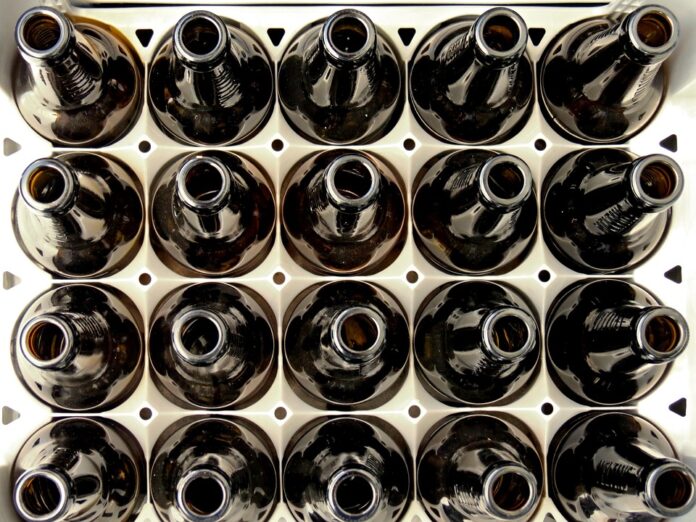Introduction
Augmented reality (AR) packaging is revolutionizing the way alcohol brands engage with consumers. By merging the physical world with digital elements, AR technology enhances the packaging experience, making it more interactive and engaging. In this report, we will explore how AR packaging adds digital engagement to alcohol brands, the financial implications of this technology, actual companies implementing AR in their packaging, and industry insights on the future of AR in the alcohol sector.
Financial Data
According to a report by MarketsandMarkets, the global augmented reality market is projected to reach $72.7 billion by 2024, with a compound annual growth rate (CAGR) of 46.6% from 2019 to 2024. The increasing adoption of AR technology across various industries, including the alcohol sector, is driving this growth.
Actual Companies Implementing AR in Alcohol Packaging
Several alcohol brands have already embraced AR technology to enhance their packaging and engage with consumers in new and innovative ways. One such example is the wine brand 19 Crimes, which uses AR labels that come to life when scanned with a mobile device. The app allows consumers to interact with historical figures depicted on the labels, bringing a unique storytelling element to the wine drinking experience.
Another notable example is Diageo, a leading spirits company, which launched an AR experience for its Johnnie Walker Blue Label whisky. By scanning the bottle with a smartphone, consumers can access exclusive content, such as cocktail recipes and brand history, creating a more personalized and immersive brand experience.
Industry Insights
AR packaging offers alcohol brands a competitive edge in a crowded market by providing a unique way to connect with consumers and differentiate themselves from competitors. By leveraging AR technology, brands can create memorable experiences that drive brand loyalty and increase sales.
Furthermore, AR packaging allows brands to track consumer engagement and gather valuable data on consumer behavior and preferences. This data can be used to tailor marketing strategies, product offerings, and packaging designs to better meet the needs and desires of consumers.
As AR technology continues to evolve and become more accessible, we can expect to see more alcohol brands incorporating AR features into their packaging. This trend is likely to reshape the way consumers interact with alcohol brands, leading to more immersive and personalized experiences.
In conclusion, augmented reality packaging adds digital engagement to alcohol brands by enhancing the packaging experience, increasing consumer interaction, and providing valuable data insights. As the AR market continues to grow, we can expect to see more innovative uses of AR technology in the alcohol sector, driving brand differentiation and consumer engagement.


